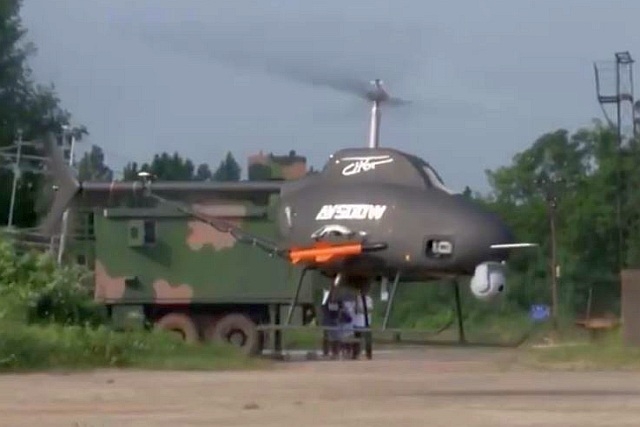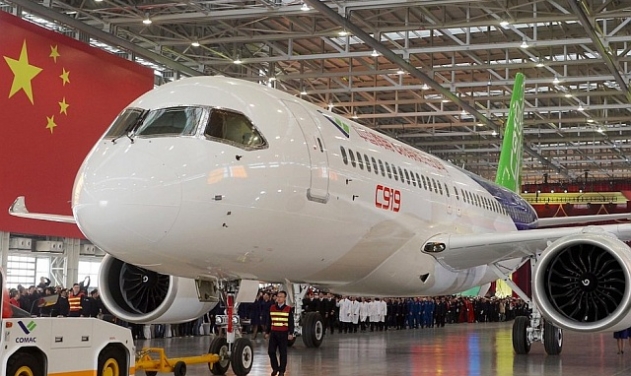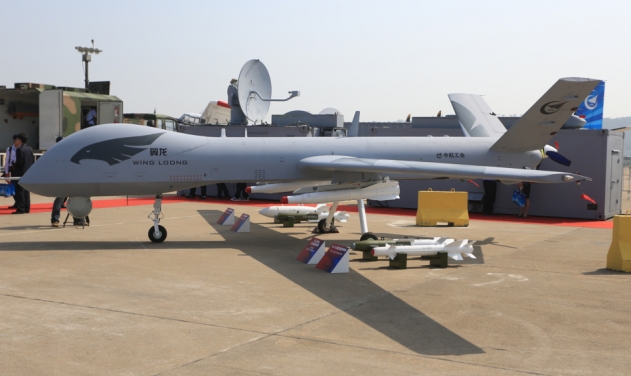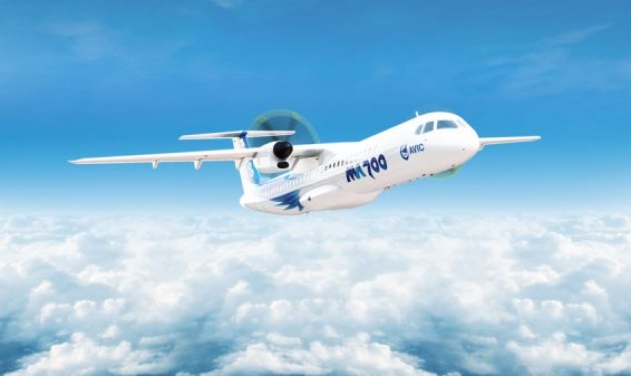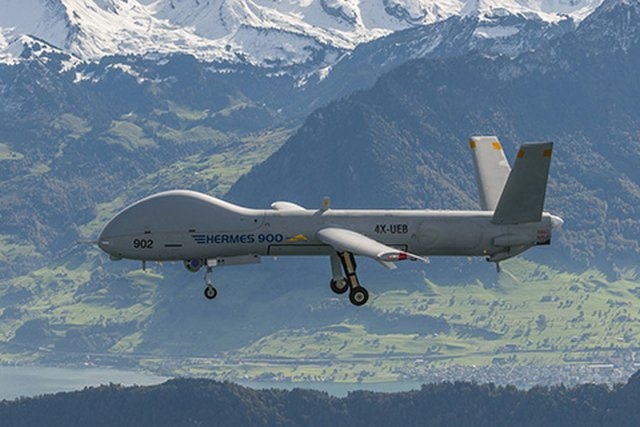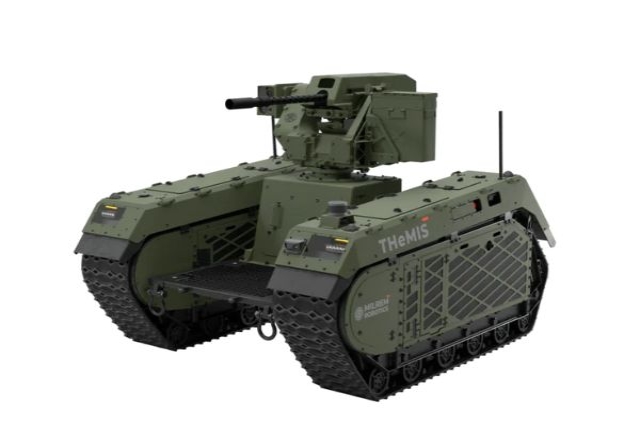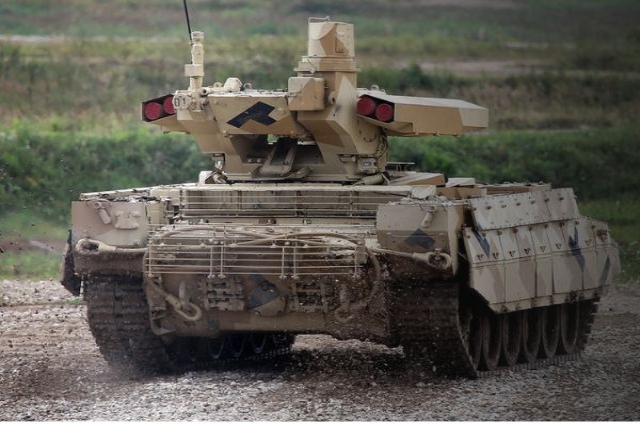Chinese Y-20 Tansport Plane Could Be Powered by Domestic Engines
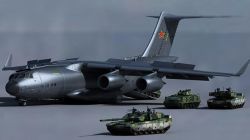
The state-owned Aviation Industry Corporation of China (AVIC), the maker of the Y-20 hinted at switching to domestically developed engines with a high bypass ratio
Chinese state media reported that last week, the Aviation Industry Corporation of China (AVIC) released a cartoon on its official Weibo account showing a Y-20 aircraft with four big wine barrels covering its engines.
"In the future, the Y-20 will be produced in large numbers using Chinese-developed engines to serve as a platform that can be developed into different variants, like an aerial tanker or an early warning aircraft," Wei Dongxu, a Beijing-based military expert, told the semi-official Global Times.
The wine barrels resemble engines with a high bypass ratio and the cartoon could be a hint that the Y-20 will soon be equipped with this type of engine, Eastday, a Shanghai-based news website wrote.
Unverified photos and videos of a Y-20 with serial number 7810 have been circulating on social media since this year. The engines of this particular Y-20, dubbed by military observers as the WS-20, are shorter but have a larger diameter than the current ones in service, meaning they have a higher bypass ratio, the eastday.com report said, noting that the AVIC's Weibo post could be the first confirmation on these speculations.
The bypass ratio on turbofan engines refers to the ratio between the airflow of the bypass stream and the airflow entering the core. An engine with a high bypass ratio is shorter but with a larger diameter. High bypass ratio engines are larger but consume less fuel, making them suitable for long-range transport aircraft.
In a program aired by China Central Television in November 2020, Chinese military experts also revealed some new information on the WS-20. The program which quoted reports from Song Xinzhi, one of the experts, mentioned that compared with the Russian D-30 engine currently used on the Y-20, the Chinese engine is much larger in diameter and can provide more powerful thrust, uses less fuel, and enables the plane to take off and land in shorter runways.
